Anyone knowing about carpets, rugs and the like would point to Iran as the birthplace of the art where the oldest hand-knotted carpet dating back to the 5th century B.C. was discovered.
Iran (IMNA) - What makes the carpet as a woven jewel is that the hands behind the colorful and vibrant works of art mostly belong to the deprived community. Hand-knotted carpets are almost more expensive than hand-woven ones, as their production process requires much effort that the machine-made carpets.
The art of waving carpet has been developed over countless generations and today's styles are the manifestation of a couple thousand years old tradition.
Every single knot is the result of months of manual works, years of experiences and a highly individual history. The knotting itself is usually done by women working on their own loom at home.
Even today, the designs of traditional oriental rugs are still drawn with paper and pencil.
Nomadic carpets and simpler designs are often knotted purely from the weaver's memory by their own taste and attitude. Depending on the degree of detail of the design, the carpet must be knotted at a certain density. The higher the knot density of a carpet, the higher the level of ornate details can be realized. Fancily elaborated carpets, boasting a knot density of one million knots, usually enjoy delicate patterns and decorations.
The number of knots is a key indicator to define the value of handmade carpets. It is measured per square metre and also gives information on the daintiness and lastingness of a carpet.
After knotting, the carpet is finally separated from the loom and prepared for further steps that involve de-piling and trimming.
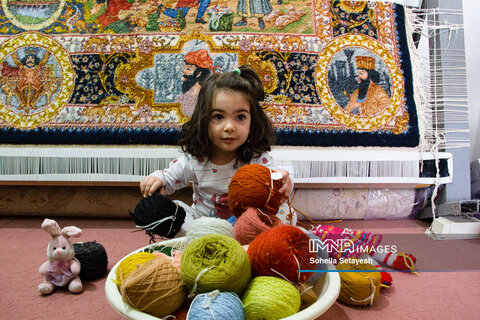
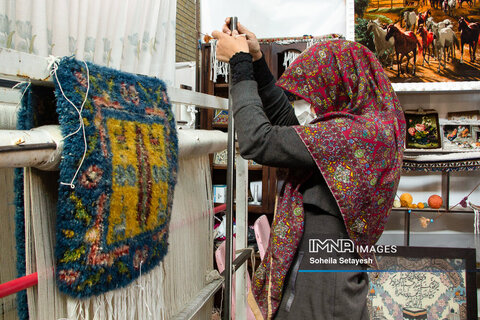
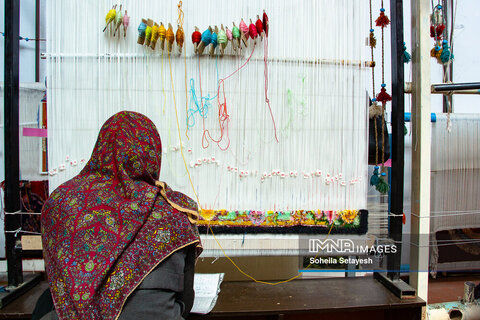
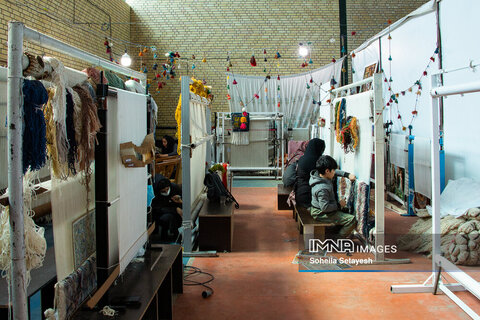
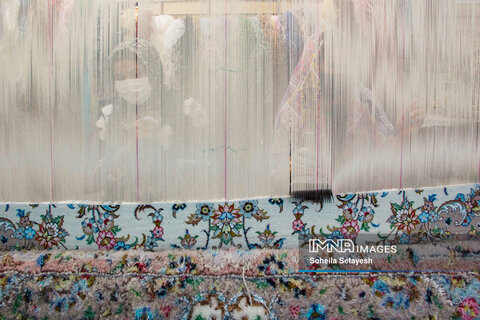
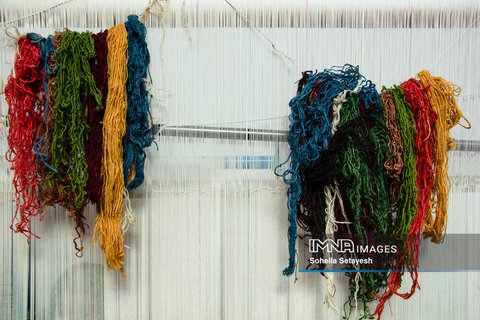
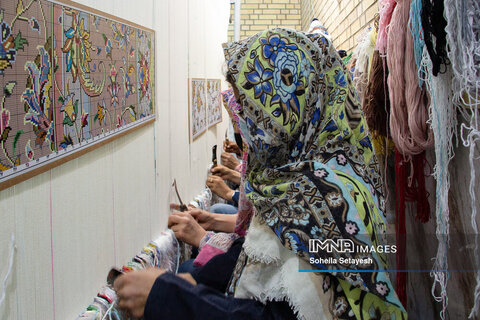
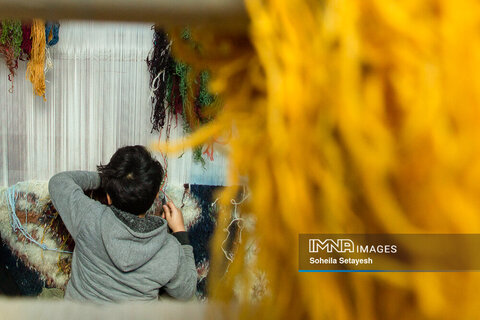
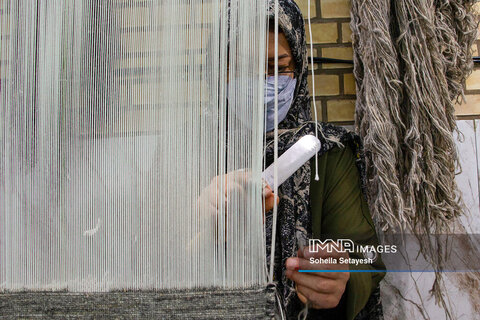
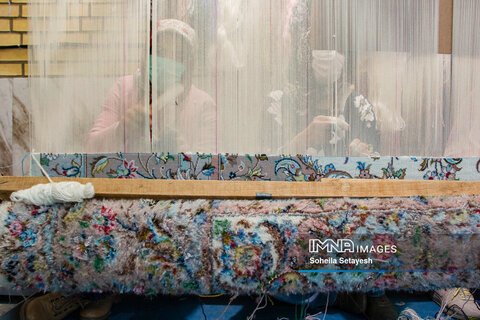
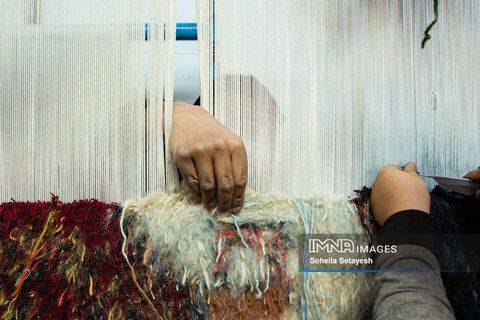
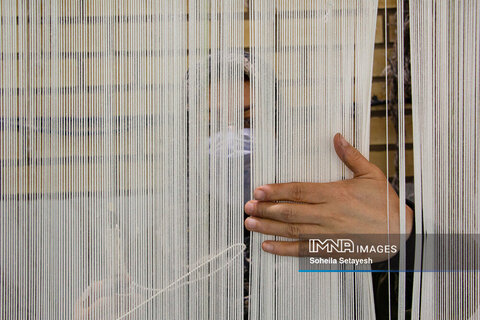
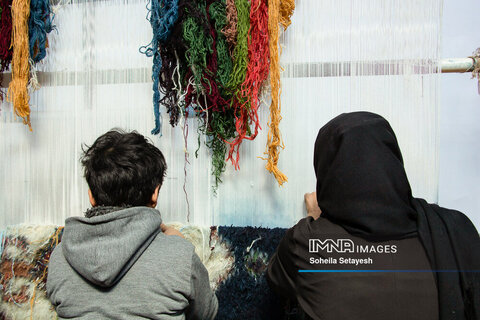
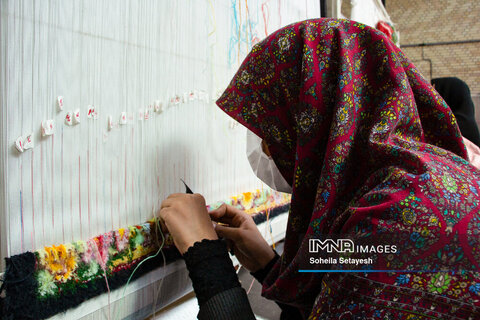
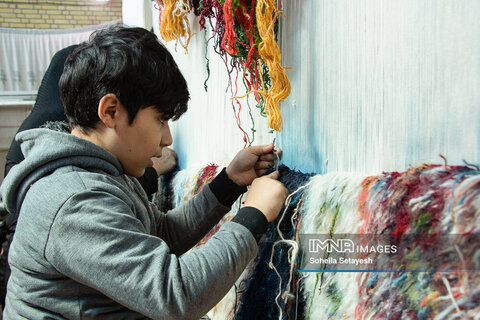
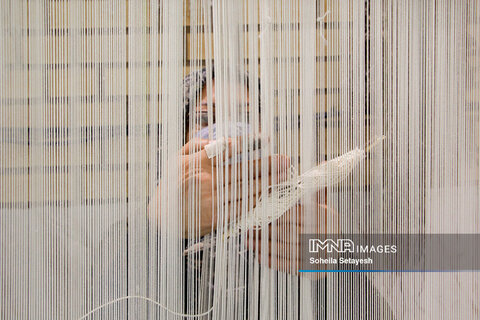
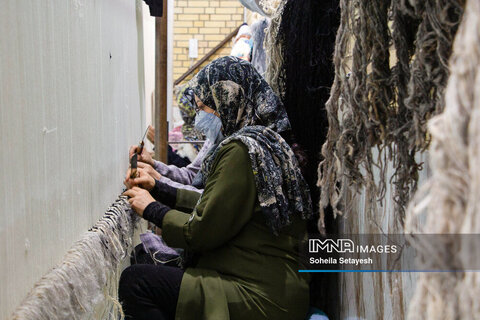
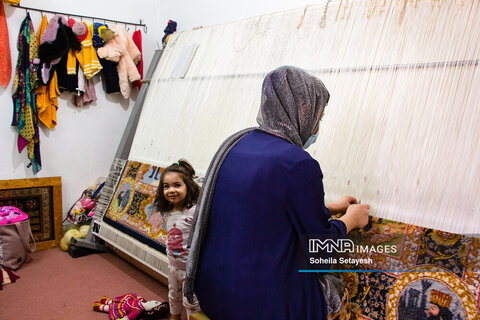
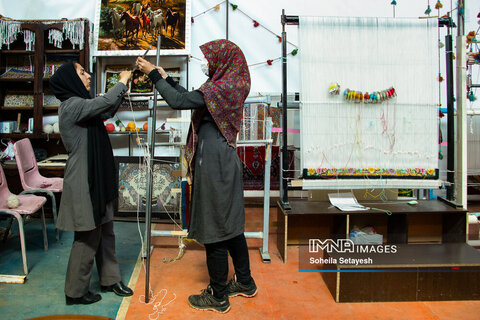
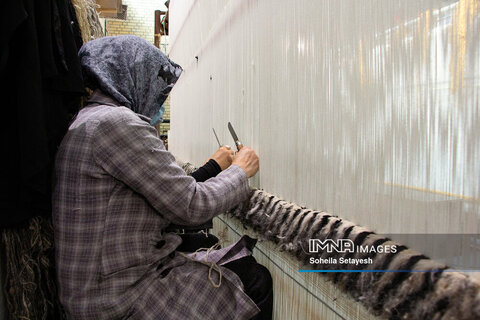
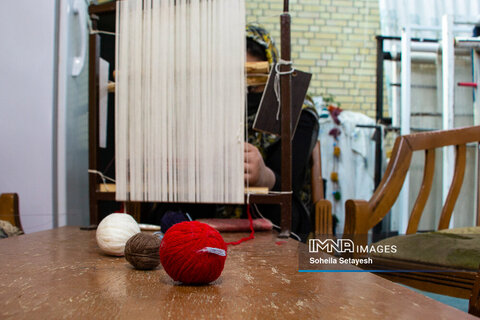
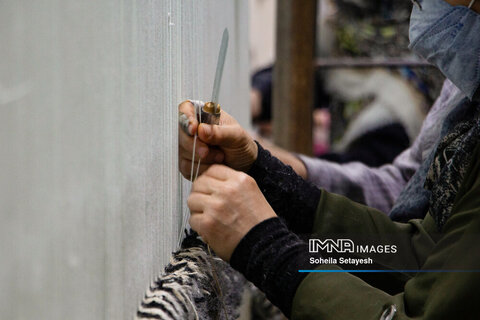
Your Comment